Forest Landowners Guide to Tree Planting Success
- August 28, 2024
- 0 comment
Tree planting is more than just an act of environmental stewardship it’s a crucial investment in the future of your land. Whether you’re a seasoned forest owner or just starting, understanding the essentials of successful tree planting can make a significant difference in the health and productivity of your forest. This guide will equip you with practical tips and insights to help you navigate the complexities of tree planting, from selecting the right species to ensuring optimal growth conditions. Discover how you can enhance your forest’s biodiversity, support local ecosystems, and contribute to a more sustainable future.
What is Tree Planting?
Tree planting involves establishing new trees to achieve ecological, economic, and aesthetic benefits. It includes selecting suitable species, preparing the site, and ensuring optimal growth conditions. This practice helps restore degraded landscapes, boost biodiversity, and combat climate change by sequestering carbon dioxide. Proper tree planting improves environmental health and fosters sustainable forest ecosystems.
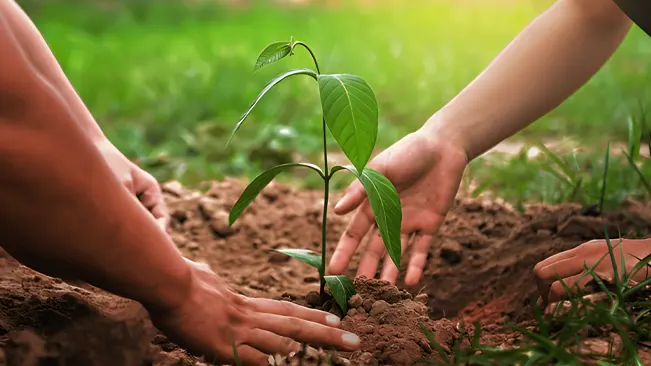
Successful tree planting requires careful planning, including assessing soil quality, understanding local climate, and selecting appropriate species. Post-planting care, such as watering, fertilization, and pest control, is crucial for tree survival and growth. Thoughtful tree planting practices can significantly impact environmental conservation, enhance habitats, and benefit future generations.
Understanding Your Land
Understanding your land is a crucial first step in successful tree planting, as it ensures that your chosen species will thrive in their new environment. Start by assessing soil quality and composition, which involves testing soil pH and nutrient levels to determine the best conditions for tree growth. Different tree species have specific soil requirements, so understanding your soil’s texture and drainage capabilities is essential for selecting the right plants and making necessary amendments. Evaluating your land’s climate and weather conditions is equally important, as temperature ranges, rainfall patterns, and seasonal variations affect how well trees will establish and grow. By aligning your planting with the local climate, you can optimize the chances of success.
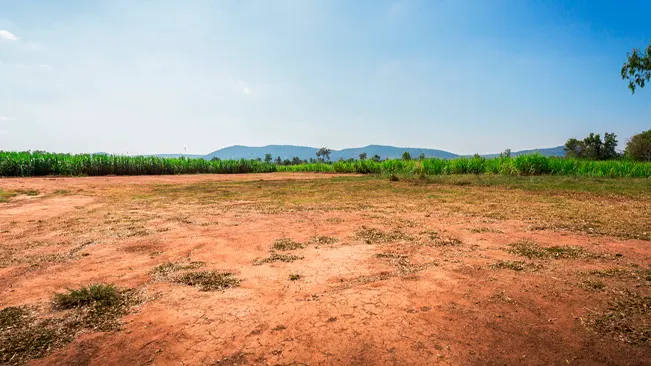
Additionally, recognizing and addressing wildlife and pest pressures are vital for maintaining healthy trees. Common pests and diseases can pose significant threats to young trees, so it’s important to identify these potential issues early. Implementing effective strategies for pest management, such as choosing pest-resistant species and employing integrated pest management techniques, helps protect your trees and supports their long-term growth. By thoroughly understanding these aspects of your land, you can make informed decisions that enhance the success of your tree planting efforts and contribute to a thriving, resilient forest.
Selecting the Right Tree Species
Native vs. Non-Native Species
When selecting tree species for planting, choosing between native and non-native species is a fundamental decision. Native species are those that naturally occur in your region and have evolved to thrive in the local environment. Planting native trees offers several benefits, including greater adaptability to local soil and climate conditions, reduced need for chemical treatments, and enhanced support for local wildlife and ecosystems. Native trees also contribute to the preservation of regional biodiversity and help maintain ecological balance.
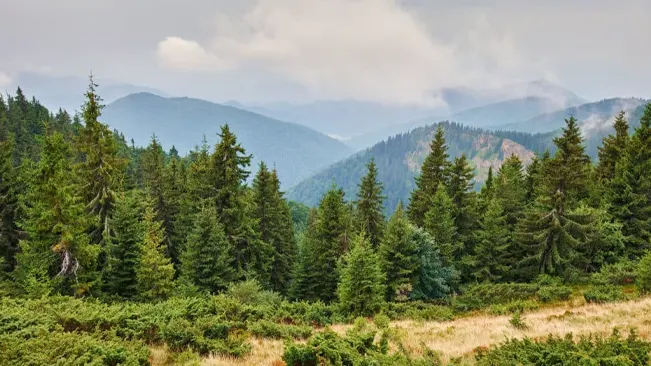
On the other hand, non-native species are those introduced from other regions or countries. While they may offer certain advantages, such as faster growth rates or unique aesthetic qualities, they can sometimes pose risks to local ecosystems. Non-native trees might become invasive, outcompeting native species and disrupting local habitats. Therefore, if considering non-native species, it’s essential to evaluate their potential impact on the environment and ensure they do not negatively affect the native flora and fauna.
Choosing Species Based on Soil and Climate
Selecting tree species based on soil and climate conditions is crucial for ensuring their successful growth and long-term health. Different tree species have specific soil requirements, including soil texture, pH, and nutrient levels. For instance, some trees thrive in well-drained sandy soils, while others prefer moist, clayey soils. By matching tree species to the soil type in your planting area, you can enhance their chances of establishment and growth.
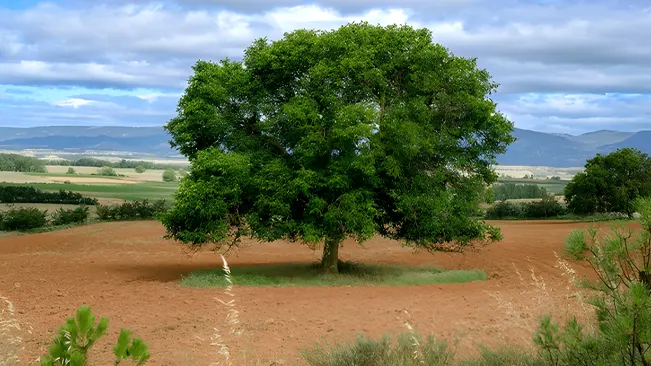
Similarly, adapting tree species to local climate conditions is essential. Factors such as temperature ranges, precipitation patterns, and seasonal variations influence a tree’s ability to thrive. Trees suited to the local climate will be better equipped to handle extreme temperatures, droughts, or heavy rainfall. Understanding these climate factors allows you to choose species that are resilient and well-suited to the environmental conditions of your planting site, promoting their long-term survival and health.
Long-Term Goals and Objectives
When selecting tree species, it’s important to consider your long-term goals and objectives for the planting project. Trees can serve various purposes, including timber production, habitat creation, or aesthetic enhancement. For timber production, choose species known for their high-quality wood and growth rates, such as oak or pine. These trees should be selected based on their commercial value and growth potential in your area.
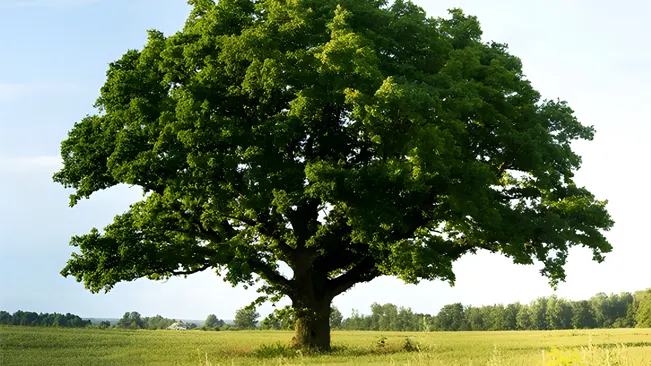
If your goal is habitat creation, focus on species that support local wildlife by providing food, shelter, and nesting sites. Trees like maples and oaks are often beneficial for wildlife, attracting birds, insects, and other animals. For aesthetic purposes, consider species with appealing foliage, flowers, or bark that can enhance the visual appeal of your landscape. Aligning your tree choices with your specific objectives ensures that the planting project meets your expectations and contributes to your overall goals for the land.
Preparing for Planting
1. Site Preparation
Site preparation is essential for creating an optimal environment for tree planting. This involves clearing the planting area of any debris, weeds, or existing vegetation that might compete with the young trees for nutrients and water. Properly preparing the site ensures that the newly planted trees have access to the resources they need for healthy growth.
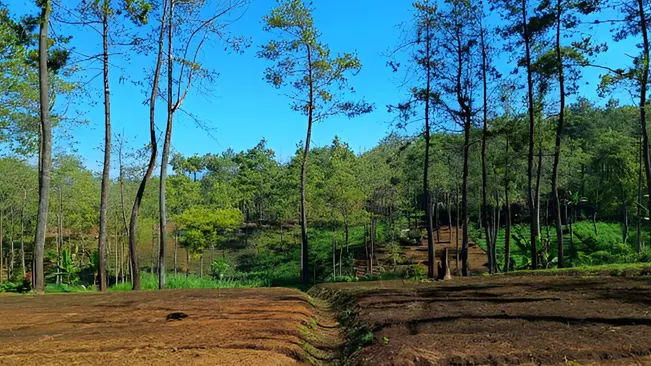
In addition to clearing the site, it may be necessary to enhance soil conditions, particularly if the soil is poor or has imbalances. This can involve amending the soil with organic matter, adjusting pH levels, or improving drainage to create a more suitable growing environment for the selected tree species.
2. Nursery Selection and Tree Procurement
Choosing the right nursery and understanding tree procurement are critical steps in preparing for planting. Opt for reputable nurseries known for providing healthy, high-quality trees that are well-suited to your local conditions.
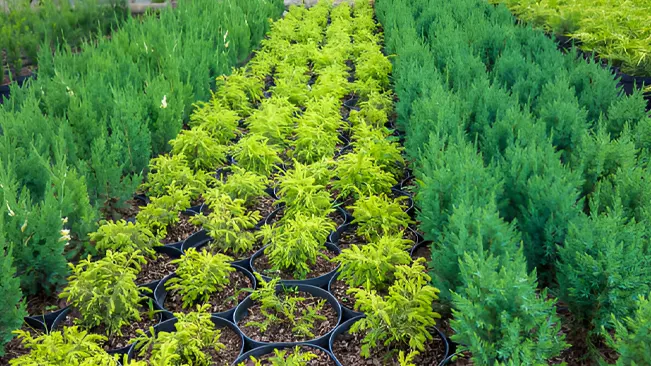
Assess the trees’ age and health indicators, such as root development and overall vigor, to ensure you select strong, well-established specimens. Healthy trees are more likely to adapt to their new environment and thrive after planting. By selecting quality trees from trustworthy sources, you set the foundation for a successful planting project.
3. Planting Techniques
Proper planting techniques are crucial for the successful establishment of trees. Correct planting depth and spacing are fundamental to ensuring that trees have enough room to grow and develop strong root systems. Plant trees at the correct depth, with the root collar level with the surrounding soil, to prevent issues such as root rot or poor growth. Adequate spacing between trees allows for healthy growth and reduces competition for resources.
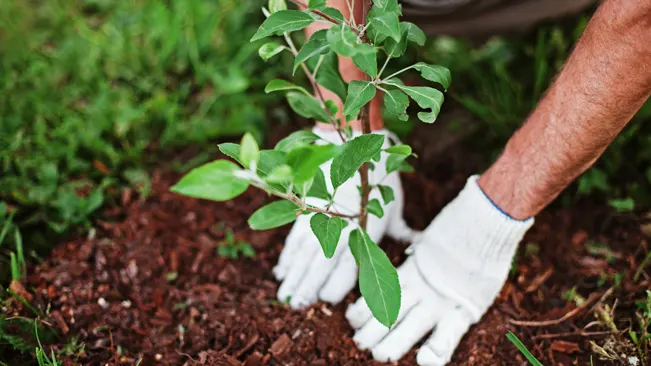
Additionally, implementing effective watering and mulching practices helps maintain soil moisture, reduce weed competition, and regulate soil temperature. Regular watering ensures that the young trees receive sufficient moisture, especially during the critical establishment phase, while mulch helps retain moisture and improve soil conditions. By following these planting techniques, you can enhance the likelihood of your trees establishing successfully and growing into healthy, thriving specimens.
Post-Planting Care
Watering and Fertilization
Effective post-planting care begins with establishing a consistent watering schedule. Newly planted trees need regular moisture to establish their roots and adapt to their new environment. The frequency and amount of water depend on the tree species, soil type, and local climate. A general guideline is to water deeply and less frequently to encourage deep root growth. During dry periods or extreme weather, adjust the watering schedule as needed to prevent stress.
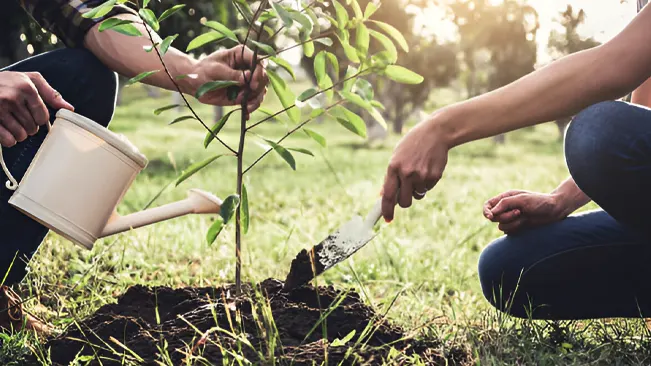
Fertilization is another key aspect of post-planting care. Applying the right type and amount of fertilizer ensures that young trees receive essential nutrients for growth. It’s important to follow recommended guidelines for timing and application rates to avoid over-fertilization, which can harm the trees and the surrounding soil. Typically, a balanced fertilizer is used to provide a mix of essential nutrients, but specific needs may vary based on soil tests and tree species. Proper watering and fertilization support healthy growth and development, setting the stage for long-term tree success.
Monitoring Growth and Health
Regular inspections of your trees are crucial for detecting early signs of stress, disease, or pest problems. Look for changes in foliage color, growth patterns, or signs of damage, such as wilting, yellowing, or unusual spots. Early detection allows for timely intervention, which can prevent more serious issues from developing.
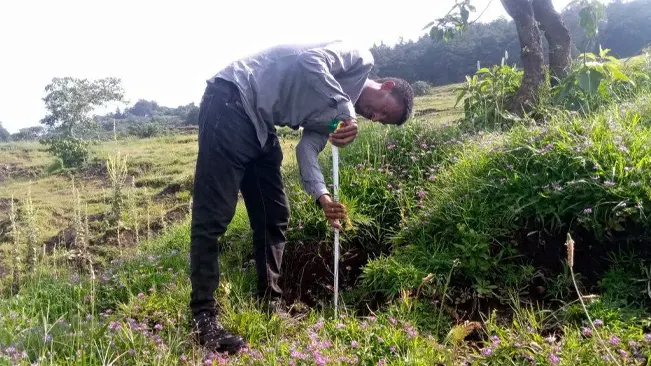
Implementing pruning and maintenance practices helps manage tree health and shape. Remove dead or diseased branches to improve air circulation and reduce the risk of fungal infections. Pruning also promotes a strong structure and encourages healthy growth.
Managing Competing Vegetation
Controlling competing vegetation, such as weeds and invasive plants, is essential for the healthy development of newly planted trees. Weeds and invasive species can outcompete young trees for nutrients, water, and light, potentially stunting their growth or even causing them to fail. Employ strategies like mulching, which helps suppress weeds and retain soil moisture or manual removal of weeds around the base of the trees.
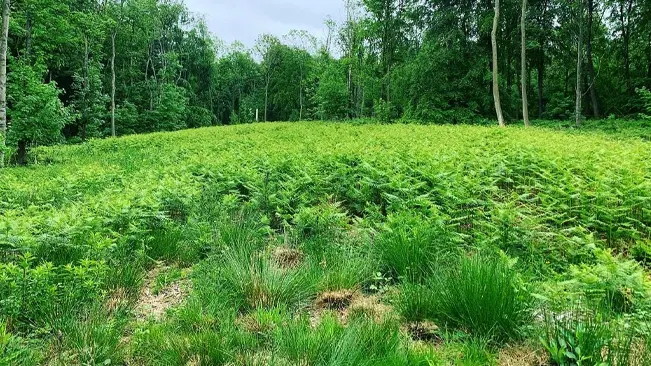
Additionally, regularly monitoring and managing invasive plants through targeted control measures will prevent them from overtaking the planting area. By effectively managing competing vegetation, you ensure that your trees have the best chance to thrive and reach their full potential.
Conclusion
Planting trees successfully on your forest land involves careful species selection, site preparation, and diligent post-planting care. By assessing soil and climate, managing pests, and controlling competing vegetation, you create a strong foundation for healthy, thriving trees. Your commitment to these practices not only achieves immediate goals but also contributes to long-term environmental benefits, such as enhanced biodiversity and sustainable land management. Embrace tree planting with confidence, knowing your efforts will have a lasting positive impact on your forest and the broader ecosystem.
FAQs
- What is the best time of year to plant trees?
The best time to plant trees is typically in the spring or fall. During these seasons, temperatures are moderate, and soil moisture is generally sufficient, which helps young trees establish roots before extreme weather conditions. - How do I choose the right tree species for my land?
Select tree species based on your soil type, climate conditions, and long-term goals. Native species are usually best suited to local conditions and support local wildlife, while non-native species may be considered for specific purposes but require careful management. - How should I prepare my planting site?
Prepare your site by clearing debris and competing vegetation. Assess and improve soil conditions if necessary, such as adjusting pH or adding organic matter. Proper site preparation ensures that trees have the resources they need for successful growth. - How often should I water newly planted trees?
Watering frequency depends on the tree species, soil type, and weather conditions. Generally, new trees need regular watering, especially during dry periods. Ensure deep watering to encourage strong root development, and adjust based on rainfall and temperature. - What types of fertilizer should I use for young trees?
Use a balanced, slow-release fertilizer to provide essential nutrients. Follow application guidelines based on soil tests and the specific needs of your tree species to avoid over-fertilization. - How can I protect my trees from pests and diseases?
Regularly inspect your trees for signs of pests and diseases. Implement preventive measures, such as choosing pest-resistant species and practicing good site hygiene. Early detection and targeted treatments are key to managing pest issues effectively. - What is the best way to manage competing vegetation?
Control weeds and invasive plants by using mulch, manual removal, or targeted herbicide applications. Keeping the area around your trees clear of competing vegetation helps ensure they have access to necessary resources for growth. - How can I monitor the health of my trees?
Conduct regular inspections to check for signs of stress, such as discolored or damaged leaves. Prune dead or diseased branches and address any issues promptly to maintain tree health and encourage strong growth. - What long-term care do trees need after planting?
In addition to regular watering and fertilization, continue monitoring for pests, diseases, and competing vegetation. Prune as needed and adjust care practices based on the tree’s growth and changing environmental conditions. - How do I find a reputable nursery for purchasing trees?
Look for nurseries with a good reputation for quality and customer service. Check reviews, ask for recommendations, and ensure that the nursery provides healthy, well-maintained trees suited to your local conditions.

Joel Cunningham
Forestry AuthorI'm Joel Cunningham, an expert in pruning and weed management with over a decade of experience. My skills are rooted in formal training and extensive practice, focusing on advanced pruning techniques and efficient weed control. I'm known for my quality work, precision, and deep understanding of plant health and soil dynamics. My contributions extend to educational initiatives where I share sustainable practices and advice, establishing myself as a reliable and authoritative figure in the gardening community.

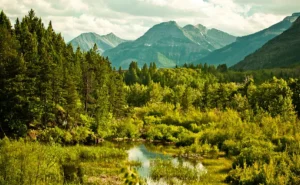
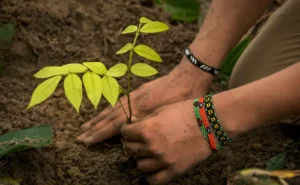
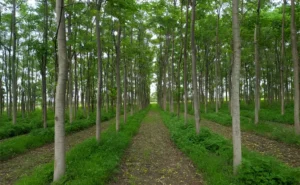

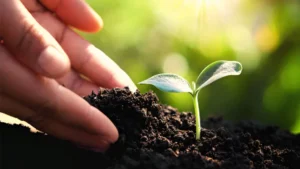
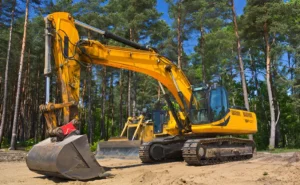

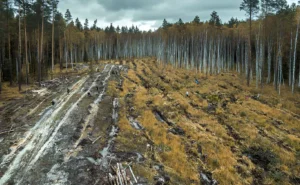

Leave your comment